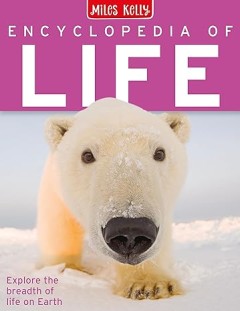Ditapis dengan
E-book Pacific Exposures
Sometime around 1915, a dozen Australian women paused for a photograph as they readied for a Japanese-inspired parade at Wallaroo Mines in Kadina on South Australia’s remote Yorke Peninsula (see Figure 0.1). The women are dressed in homemade interpretations of kimonos and obis and wear chrysanthemums in their hair. Two of them hold …
- Edisi
- -
- ISBN/ISSN
- 9781760462543
- Deskripsi Fisik
- 266 hlm
- Judul Seri
- -
- No. Panggil
- 770 MIL p

E-book Across the Copperbelt : Urban & Social Change in Central Africa's Bord…
With a roller coaster history of economic boom followed by crushing bust, the Central African Copperbelt has come to epitomise Africa’s faltering ‘Industrial Revolution’.1 Throughout the twentieth century, its large-scale industrial copper mines attracted people, capital and power across national and continental boundaries. Following a protracted period of expansion after 1945,…
- Edisi
- -
- ISBN/ISSN
- 9781847012661
- Deskripsi Fisik
- 437 hlm
- Judul Seri
- -
- No. Panggil
- 669.36 BLA a
E-book Child Participation
This book defines children as people between the ages of 0 and 18 years. The extent of child participation should depend on the age, experience and maturity of the child. A baby cannot be expected to make logical decisions, while a child of seven years old should not be expected to take on the burdens and responsibilities of an adult. However, all children should be involved and consulted in so…
- Edisi
- -
- ISBN/ISSN
- 1904364438
- Deskripsi Fisik
- 65 hlm
- Judul Seri
- -
- No. Panggil
- 612.65 STE c

Encyclopedia Of Life
Explore plants, water life, insects, reptiles, amphibians, birds and mammals with this wonderfully comprehensive encyclopedia. Useful features include visual factfiles, bulleted facts, charts, world records, bizarre facts and top tens. The book is fully cross-referenced throughout and is packed with diagrams, illustrations and photos, making it a brilliant guide to everything you have ever want…
- Edisi
- -
- ISBN/ISSN
- 9781786173270
- Deskripsi Fisik
- 22,3 cm x 17,3 cm, 384 hlm
- Judul Seri
- -
- No. Panggil
- 032 MIL e

World Wars
Explore the intriguing complexities of the World Wars. Find out how and why the wars occured and learn about troop movements, key battles and the development of war machinery. Over 2000 facts are accompanied by hundreds of original war photographs, newspaper headlines and colour illustrations. A detailed chronology highlights momentous events throughout both wars.
- Edisi
- cet. 1
- ISBN/ISSN
- 978-1-84810-351-1
- Deskripsi Fisik
- 512 hlm; 18 x 23 cm
- Judul Seri
- -
- No. Panggil
- 940.4 MIL w
 Karya Umum
Karya Umum  Filsafat
Filsafat  Agama
Agama  Ilmu-ilmu Sosial
Ilmu-ilmu Sosial  Bahasa
Bahasa  Ilmu-ilmu Murni
Ilmu-ilmu Murni  Ilmu-ilmu Terapan
Ilmu-ilmu Terapan  Kesenian, Hiburan, dan Olahraga
Kesenian, Hiburan, dan Olahraga  Kesusastraan
Kesusastraan  Geografi dan Sejarah
Geografi dan Sejarah